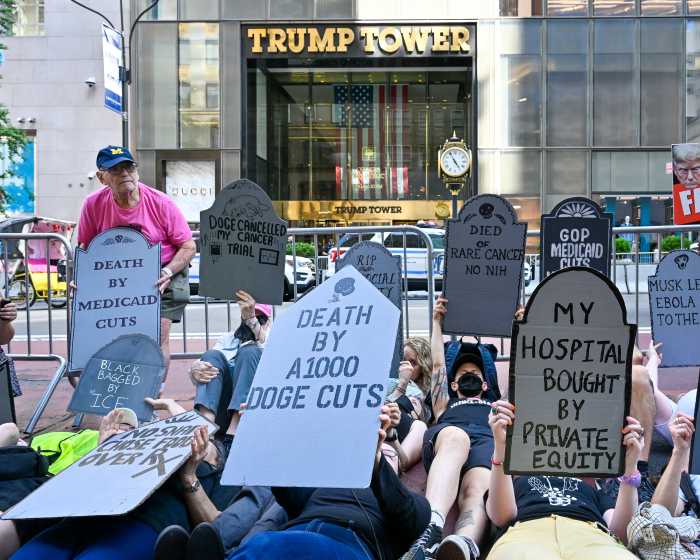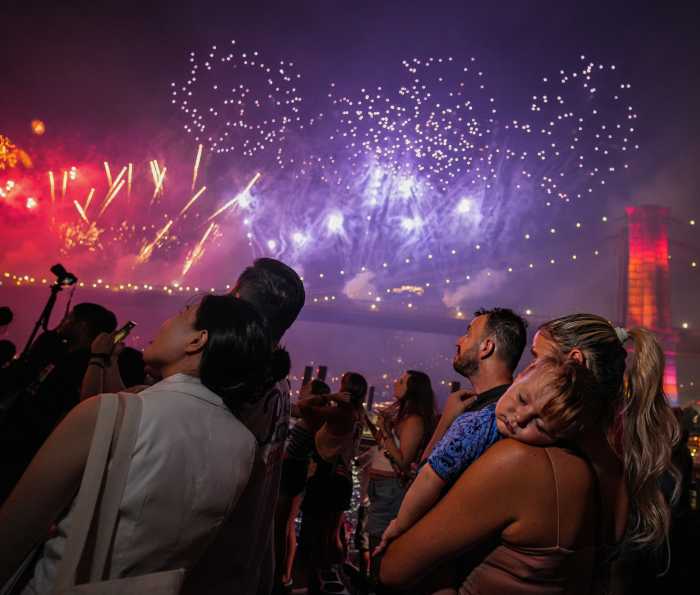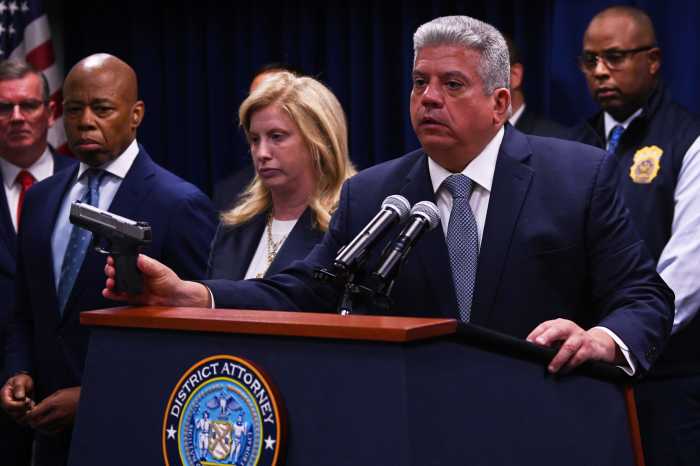BY GERALD BUSBY | When Craig Lucas and his partner Frankie Krainz got married after living together for three years, they didn’t tell anybody. The secrecy was partly an expression of their desire to insulate themselves from intrusions into their lives, especially their work habits. Craig, a startlingly literate playwright, is a Pulitzer Prize and Tony nominee; Frankie writes plays and musicals, and acts in films.
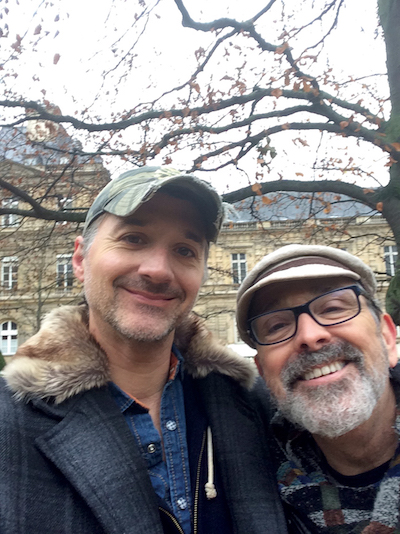
“Friends were asking over and over when we were going to get married, so we did it just to be able to say, oh, we already are,” Craig said. “We loved each other, but marriage gave us a sense of completion we didn’t feel before.” The security of legal benefits was also important, particularly regarding the exigencies of old age and dying.
“The template of straight marriage is strong,” Craig said, when I asked if he sensed an essential difference between straight and gay marriage. A template for gay marriage is perhaps the most sensitive point of contention between proponents of traditional straight marriage and advocates of gay marriage. Traditionalists say that marriage is not governed by civil rights, but by religion. A gay template for marriage would transcend parochially morality. The gravity of religious ritual and sanctimony would be replaced by commitment to love itself within the context of social responsibility. This is by no means just about gay men and women; it’s about all men and women and marriage that goes beyond gay or straight.
It’s the sexual overtones of gay marriage that make the hearts of religious fundamentalists flutter with excited disapproval — to accept gay marriage is to accept gay sex.
I asked Craig and Frankie if they were monogamous, and they answered that their marriage is open. Craig defined open as freedom to explore new scenarios of sexual pleasure. Total trust is necessary to create and participate in new ways to do it. Having no secrets inspires freedom to explore the physicality of love. This may be a new template for marriage. It shouldn’t be a surprise that gay playwrights are creating a new model for domestic married life in the same way that gay bodybuilders stylized masculinity in the ’80s.
Since both Craig and Frankie are always working, I asked if their marriage had affected their creative output in any way. Both immediately said no. They also said no when I asked if they had told their families that they were married. They don’t want to defend themselves against the staunch conservatism of their relatives.
Craig and Frankie did comply with traditional marriage protocol in one regard. During dinner at the Knickerbocker Bar & Grill on University Place, Craig got down on one knee and, with a wedding ring in his hand, asked Frankie to marry him. Other restaurant guests gave them steady, perplexed glances.
The marriage of Nickolaus Typaldos, a visual artist, and Whitney Platt, a writer, is quite another matter. They met in Portland, Oregon, where both had migrated from rural mid-America, Nickolaus from Missouri, and Whitney from Kansas. They lived together in Portland, then New York for 11 years before they tied the knot.
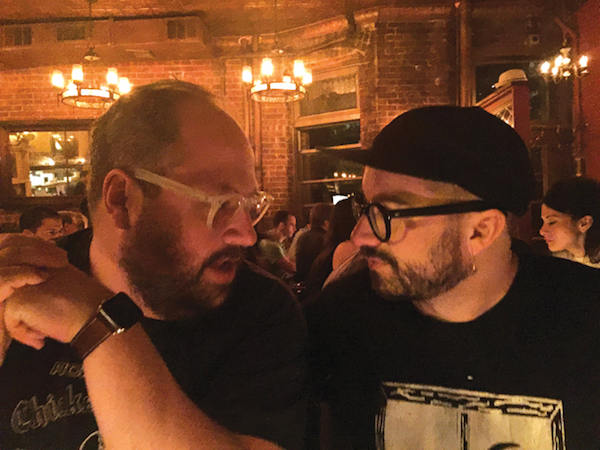
Nickolaus told me he was always adamantly against marriage as a legal contract or a religious mandate. “If the system is set up to work against us, then we should work the system to our advantage. We came to it on our own terms.” Whitney added, “I looked it up on the website to see what we needed to do, and then said let’s do it now.” Their straight friends, not their gay friends, had been the ones who asked when they were going to get married. They played it cool even after they were married, with just a post on Facebook right after the civil ceremony. In their selfie, they wore identical shirts. “Now I sometimes forget we’re married,” Whitney told me. “I still refer to Nickolaus as my boyfriend.”
This avoidance of conventional responses and judgments about themselves masks their total commitment to each other’s success, particularly their creative work and the development of their professional careers. Whitney, who works as a human resources professional at New York Public Radio, has provided practical and emotional support for Nickolaus from the very beginning of their relationship, when Nickolaus was an art student in Portland. For his recent solo exhibition at Marvin Gardens Gallery in New York, Nickolaus received critical praise from Art Forum; Whitney helped make that possible.
Whitney performs publicly with Nickolaus. At the David Zwirner Gallery in Chelsea, Nickolaus improvised electronic music as Whitney read his poetry. Besides being an artist, Nickolaus is an established organizer of art fairs around the world and his opinion about what’s happening with young visual artists is highly regarded. This success affects his marriage with Whitney in a simple but profoundly reassuring way — their relationship is solidified by their implicit confidence in each other to be exactly what they need for support, to always be there for each other.
Nickolaus’ mother considers their longtime commitment more important than their marriage, though she did say, with a reference to her own marital history, “Don’t you feel different now, like something has changed?” Whitney and Nickolaus both answered, “No.”
Pragmatism, not sentiment, seems to be at the heart of how they live their lives. Being married brings down insurance rates and stabilizes the practical aspects of living together as two men who love each other. Whitney also said that they’ve inspired their friends to get married.
Like Craig and Frankie, Nickolaus and Whitney are open to sexual experiences with other people. They don’t feel that sexual attraction to other men affects the foundation of their love and respect for each other. Domestic comfort and stability are more important than sexual conquest, which governed the lives of most gay men a generation ago.
Maybe domestic comfort and stability are the new template for gay marriage.



